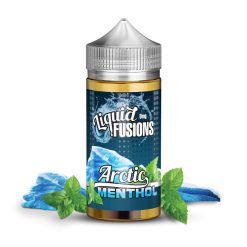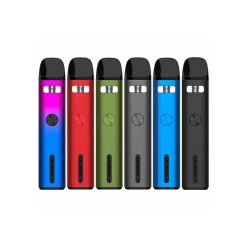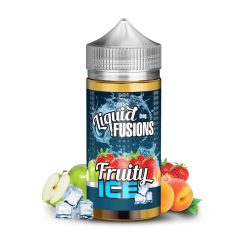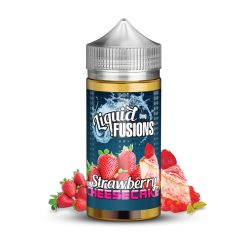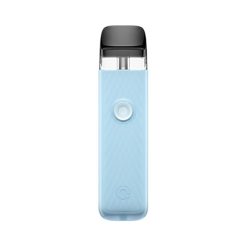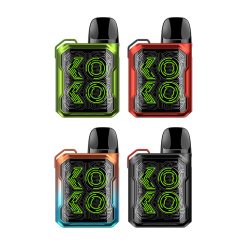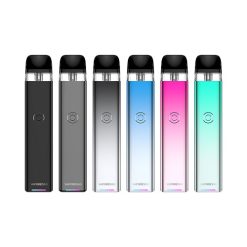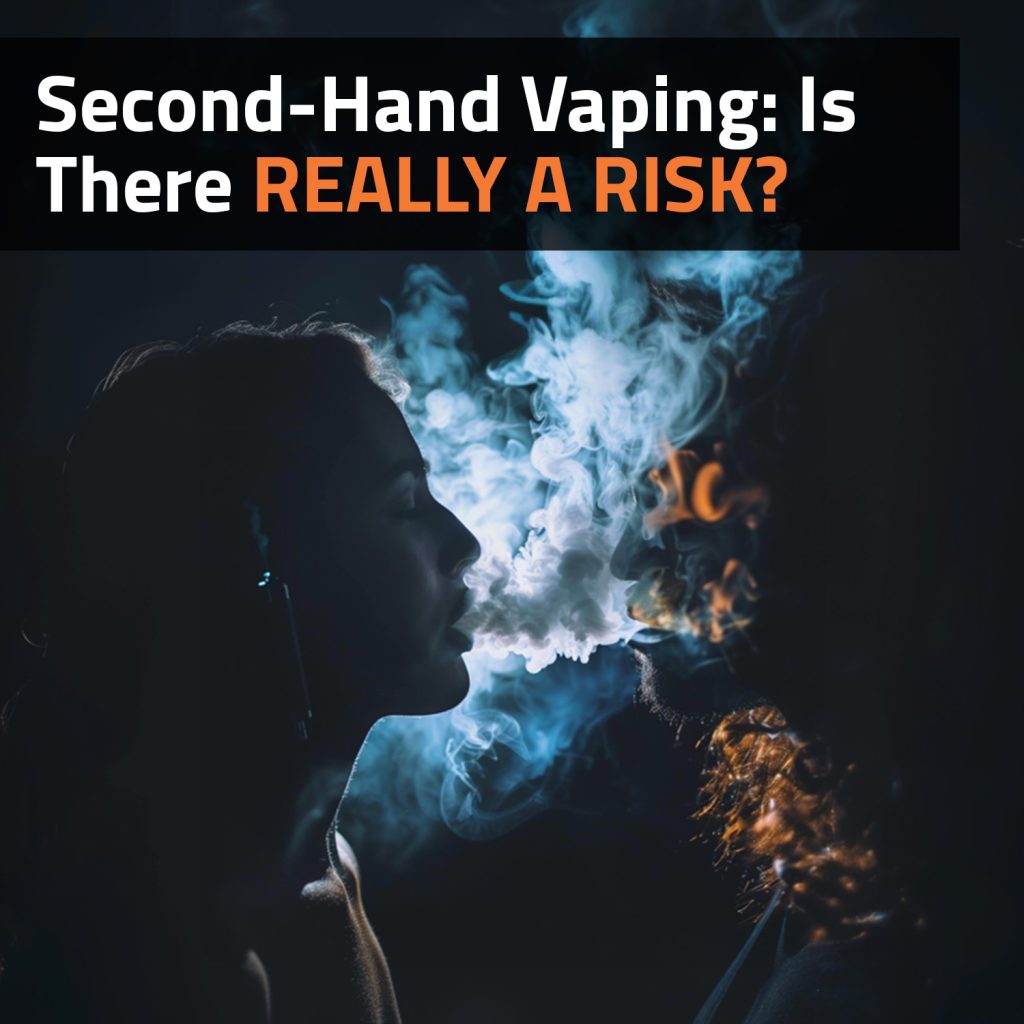Since the science of e-cigarettes is still undergoing extensive research, we still do not understand the full long-term effects of vaping. However, we do know quite a bit about the likely risks of vaping when we look at the safety profiles of the chemicals found in e-liquids. This leads to the conclusion that vaping is much safer than it is to smoke traditional cigarettes.
Just like there is with smoking, many people have been wondering if there is a risk with inhaling e-cigarette vapour second-hand. Is there any danger regarding second-hand vaping, is it as bad as inhaling second-hand smoke, or is it just an idea that developed alongside the stigma of smoking cigarettes? Keep reading to find out all you need to know about second-hand vaping.
Is Second-Hand Vapour The Same As Second-Hand Smoke?
Second-hand vapour is an aerosol exhaled into the atmosphere by someone who is using an e-cigarette. This vapour will linger in the air long enough for people in the same vicinity to inhale some of it. Although the process is similar to inhaling second-hand smoke, the fact that it is vapour makes all the difference.
Cigarette smoke is the product of combustion. When you burn any substance with fire, including tobacco, it will produce a range of volatile gases, including carbon monoxide, carcinogenic solid particles, and a mix of additional dangerous byproducts like tar. While it is not as dangerous to inhale second-hand smoke as it is to inhale it directly from a cigarette, prolonged exposure to it is generally considered bad for your health.
Prolonged exposure to second-hand smoke can increase the risk of or lead to the following:
- Respiratory inflammation, irritation, and illnesses
- Coughing, headaches, and irritation of the eyes
- Development of asthma
- Coronary heart disease
- High blood pressure
- Strokes
- Lung cancer
- A decline in reproductive health
On the other hand, e-cigarettes heat e-liquids through a small metal coil that can be found in an atomizer. Instead of combusting the liquid, it only gets heated up to the point of producing vapour.
E-liquids typically contain only three ingredients, including:
- Vegetable glycerin (VG) and propylene glycol (PG): E-liquids can contain one of these two base liquids, or both in varying degrees. These can also be found in many other food drugs and are generally classified as safe.
- Flavourings: Companies that make e-liquid use the same flavourings that companies that make food, snacks, candy, and drinks do. This is one reason why e-liquids can taste a lot like popular drinks or candy. It is possible to find e-liquid flavours that taste like drinks, cereals, baked goods, sweets, and more. Of course, there are also tobacco and menthol e-liquids that also taste like cigarettes to match all your preferences.
- Nicotine: Nicotine is an optional ingredient in many e-liquids, and there are many different concentrations out there to suit your vaping needs. Although there are risks associated with consuming nicotine, vaping is a much safer way to do so than smoking, making it a better option in the long run.
This means that vapour does not contain any tar or carbon monoxide, and the particles in vapour are liquid rather than solid.
-
Liquid Fusions – Arctic Menthol
R270.00 -
Uwell Caliburn G2 kit
R495.00 -
Liquid Fusions – Fruity Ice
R270.00 -
Liquid Fusions – Strawberry Cheesecake
R270.00
What Is Second-Hand Vapour?
When you see vapour around you, it all comes from the mouths of the vapers nearby. Whereas smoking cigarettes produces a constant stream of side smoke, there is no constant stream of vapour being produced when someone is not pulling from their device.
Vapers need to inhale from their device to produce vapour, and by the time that they have exhaled this vapour, most of the e-liquid’s components have been absorbed into the user’s throat, mouth, and lungs. There really are not enough of the already safer ingredients left for those around them to inhale.
There are some factors that can influence the amount of vapour produced by a particular vaping device. These factors can include:
- Device design: How the vaping device is made and its available settings can affect its vapour production. Mod devices generally produce dense vapour clouds as they usually have a range of higher settings.
- Voltage settings: Devices that fire at higher voltages can produce more vapour.
- E-liquid composition: E-liquids with higher VG concentrations are known to produce bigger vapour clouds.
Aside from vegetable glycerin (VG) and propylene glycol (PG), the two base components of most e-liquids, the vapour that is inhaled into the air does not contain high levels of anything, not even traceable amounts of nicotine. Vapour also dissipates much quicker than smoke does, so you will not notice any lingering scents. There is no evidence to suggest that exhaled vapour affects air quality negatively at all.
Can Second-Hand Vapour Be Dangerous?
There have been several studies conducted on the possible effects of second-hand vaping, and as of now, they all conclude that there are no identified health risks to date of second-hand vaping on passive bystanders.
However, this does not mean that everyone can vape wherever and whenever they want. Certain areas and establishments have their own rules regarding vaping, and you should always take your friends and family members into consideration. It is advised to avoid vaping around people who have sensitive respiratory systems as VG and PG might irritate sensitive airways. It is also a good idea in general to be mindful around children and pets.
What Is Third-Hand Vaping?
Third-hand vaping is another term that has risen in the scientific community. The theory is that some vapour does not dissipate and instead lays on surfaces like furniture and floors. The worry is that children and animals may ingest some of this residue if they lick the surfaces or touch them with their hands and bring it to their mouths.
However, it has been found that what little remains from vapour on surfaces contains no remnants of e-liquid ingredients, making third-hand vaping nothing to worry about.
Although there is still much more research to be done in the world of vaping, it is safe to say that there is no need to fear second-hand vaping. However, it is important to still be mindful around children, the elderly, people with respiratory issues, and pets as there are some different things to consider. You can enjoy vaping safely while being soothed by the fact that you are not harming anyone, but you should still be respectful of others and their wishes. Stay considerate, and happy vaping!
-
Uwell Caliburn G2 kit
R495.00 -
Voopoo Vinci Q Pod Kit
R220.00 -
UWELL Caliburn GK2 Kit
R495.00 -
Vaporesso XROS 3 Kit
R540.00


